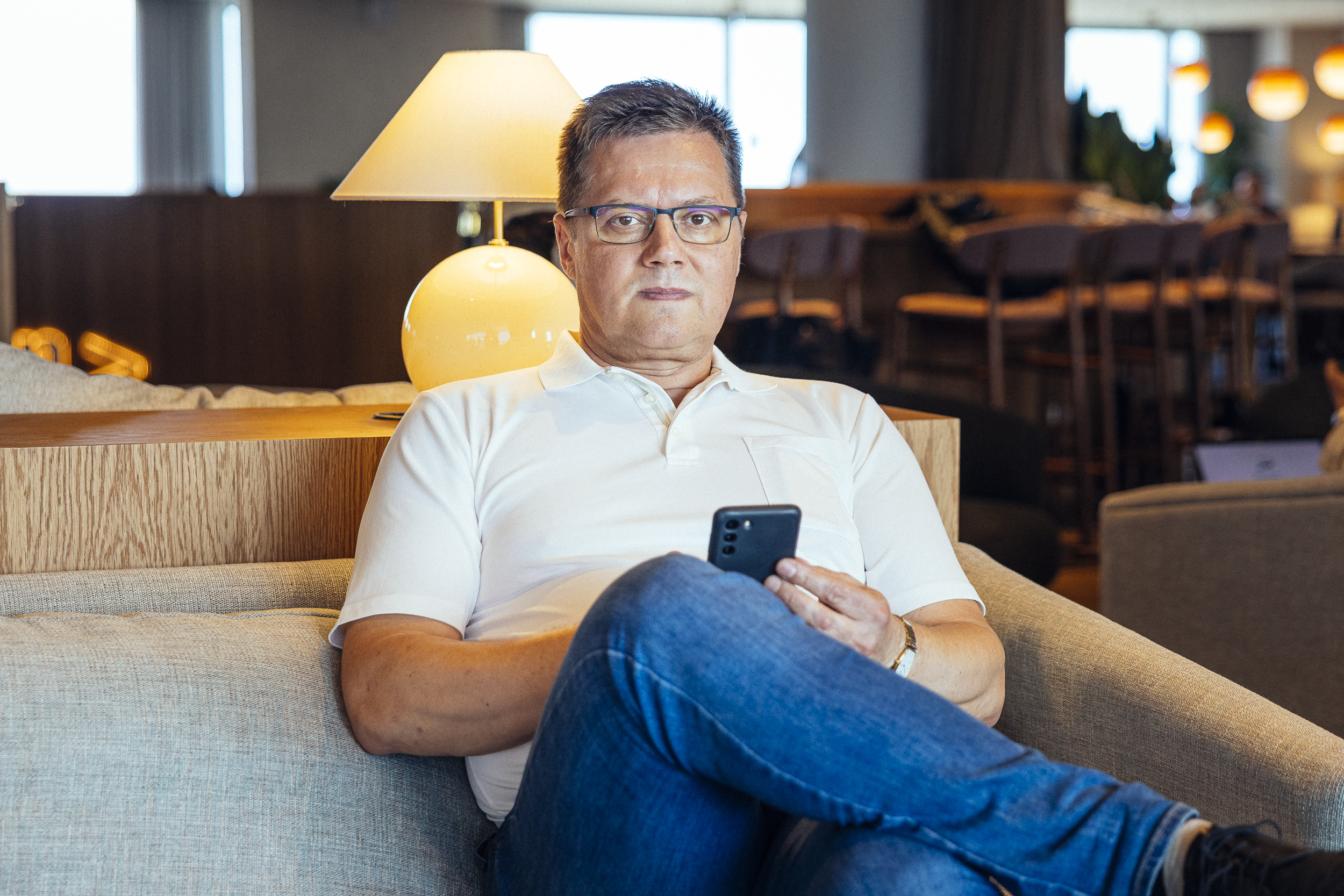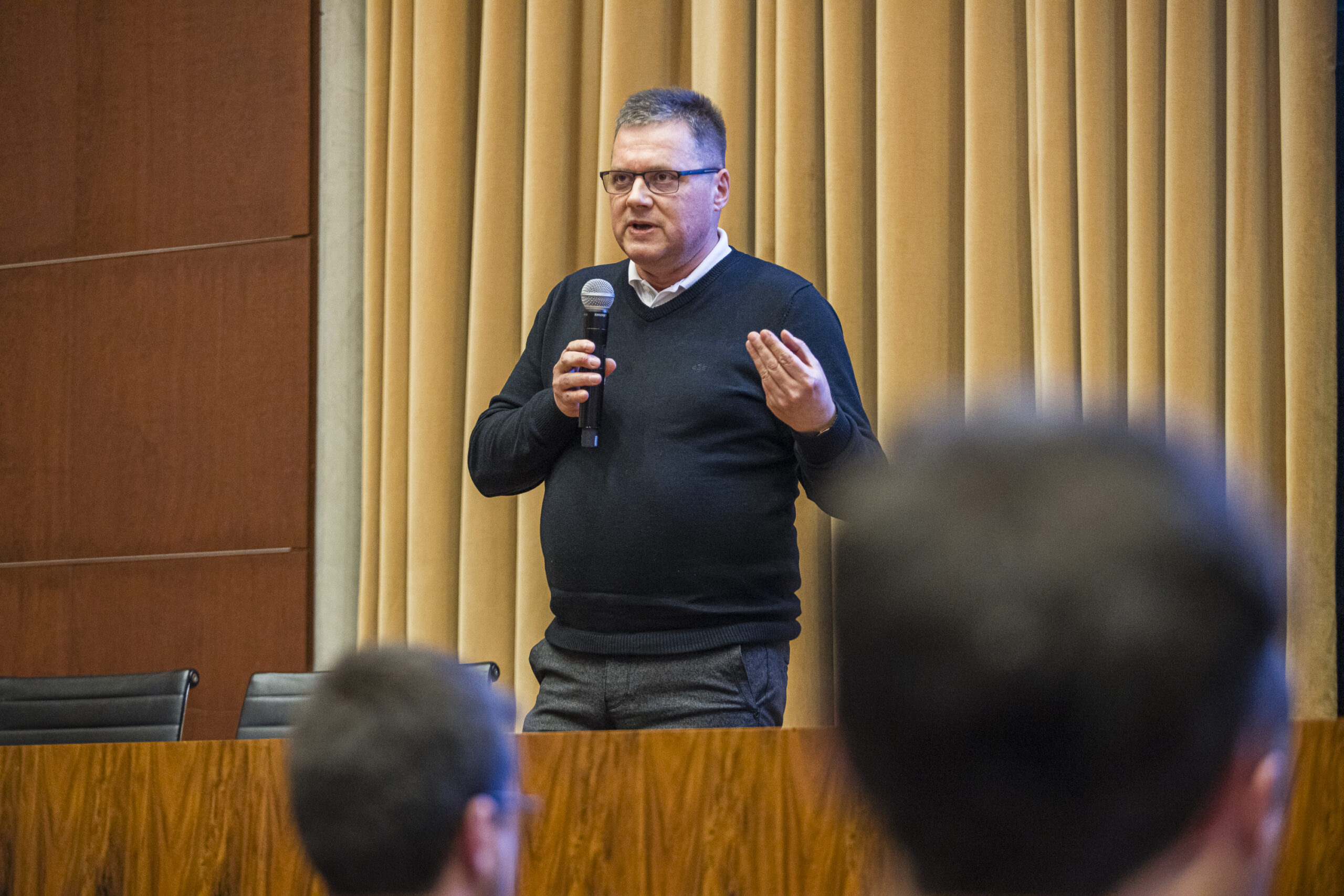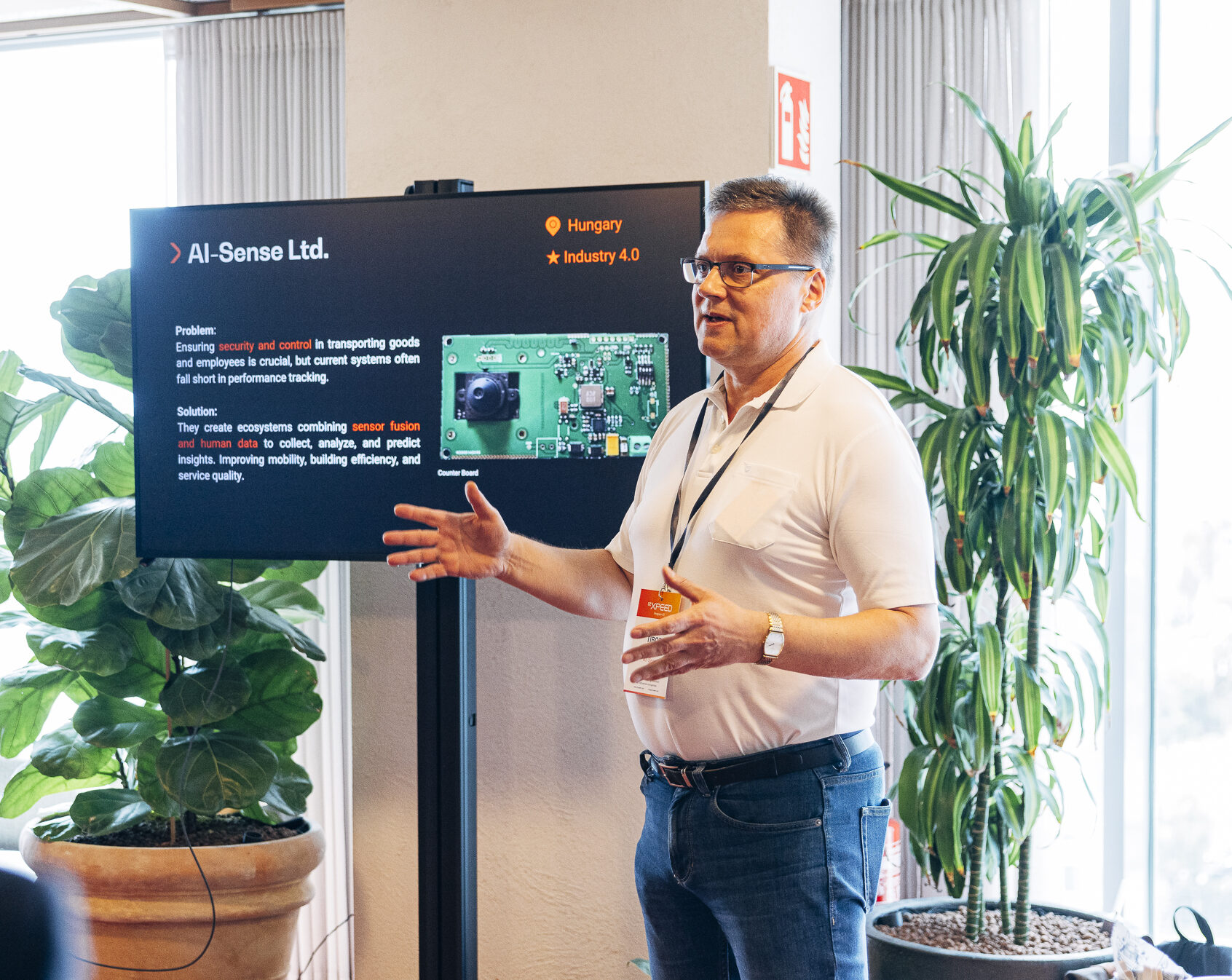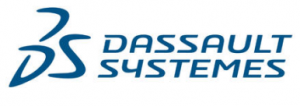As cities worldwide strive to become smarter, more sustainable, and more efficient, mobility stands at the heart of this transformation. AI Sense is emerging as a key player in this landscape, offering an innovative, AI-driven platform that redefines how we understand and manage urban transportation.
But what led to the creation of AI Sense? What makes its technology different from traditional monitoring systems? And how can public and private sectors work together to scale these innovations?
In this article, you will find ⬇️
🔹The journey from supply chain disruptions to smart mobility innovation
🔹The unique value proposition of combining passenger counting and e-ticketing
🔹How AI Sense optimizes mobility, boosts safety, and prevents fraud
🔹The impact of collaborations with Google, Vodafone, and Moventia
🔹Why corporate partnerships are key to scaling deep tech
From Crisis to Innovation: The Birth of AI Sense
AI Sense was born out of adversity. The COVID-19 pandemic triggered severe shortages in electronic components, leaving the founding team—experienced entrepreneurs—with limited access to essential systems.
“We gradually lost access to key suppliers, including Samsung’s Artik 530 SOM, Lantronix’s Open-Q 410 SOM, and ultimately the Raspberry Pi Compute Module 4, which we were unable to buy for two and a half years,” they explain.
This situation forced a turning point and led to a strategic partnership with Google. Their previous venture became one of the beta testers of the CORAL Tensor Processing Unit (TPU), marking the beginning of a new chapter. “That’s when we started implementing machine and deep learning technologies to tackle tasks like counting people and vehicles,” they recall. Although early trials were challenging, the team quickly realized that machine learning offered more flexibility than older technologies like Time-of-Flight (ToF). AI models were more adaptable to various conditions, both indoors and outdoors, and allowed the field of view of camera lenses to be customized—something ToF solutions couldn’t offer.
This transition laid the foundation for what AI Sense is today: a deep tech company addressing real-world mobility challenges with advanced sensing and analytics technologies. Their current focus includes automated passenger counting (APC) and occupancy detection in smart buildings.

The Innovation: What Sets AI Sense Apart?
AI Sense is redefining the way mobility systems monitor passenger activity. One of its standout contributions is the integration of APC with e-ticketing systems to eliminate fare fraud.
“We’re not just counting people; we’re detecting patterns, behaviors, and anomalies,” the team explains. “By combining APC with e-ticketing data, we’ve created a fully automated boarding process that drastically reduces fraud—something traditional systems fail to do.”
The numbers speak for themselves. In highly regulated countries like the Netherlands, fare fraud still exceeds 7 percent. In southern France, it rises above 20 percent. AI Sense’s integrated approach provides a level of control and accountability that standalone APC or ticketing systems simply can’t match.
Inside the Technology: How the Platform Works
The core of AI Sense’s innovation lies in real-time data transmission and processing. “Our platform continuously sends live count data to the cloud, which not only gives insight into passenger flows but also serves as the foundation for predictive optimization,” they explain.
This enables transit authorities to adjust services dynamically, responding to actual passenger demand in real time. “Beyond optimization, we can enhance operational safety. When passenger levels reach pre-set thresholds, the system triggers alerts that prevent risks and overloading.”
Such capabilities are essential in today’s complex urban environments, where passenger volumes can vary rapidly and unpredictably.
Validated by Industry Leaders: Results from Google, Vodafone, and Moventia
AI Sense’s technology has already proven its value in several high-profile pilots. The company collaborated with Google from an early stage, using TensorFlow and the CORAL TPU System on Module to develop its proprietary solutions. Initially, they combined the solderable CORAL module with the Raspberry Pi CM4, but later transitioned to the CORAL SOM to enhance performance and reliability.
Their partnership with Vodafone was equally important. “We used their and their partners’ retail, office, and railway locations to gather diverse training data. That allowed us to build our own neural network training dataset, which became fundamental to product development.”
In the public transport sector, AI Sense achieved a major milestone through its collaboration with Moventia. “They gave us the opportunity to present our APC solution, PassCount AI, in tenders for four French cities. Today, they operate in the Provence region, and we are preparing for full integration with Paragon ID’s e-ticketing solution starting next year.”
Overcoming Technical and Operational Barriers
The road to innovation came with its challenges. On the technical side, the lack of detailed documentation for the CORAL SOM forced the team to rely on trial-and-error diagnostics. “We had to identify and solve boot and USB2 data communication issues on our own, even while consulting with Google and NXP,” they explain.
Thermal management was another critical hurdle. The CORAL SOM operates at 8 watts, generating heat that had to be handled in extreme environments. “To solve that, we engineered a specialized housing for the sensor that maintains stability even in tropical climates,” they add.

The Broader Vision: Transforming Urban Management
AI Sense’s long-term vision extends well beyond public transport. With additional financing, the company plans to integrate environmental sensing into its platform. This would allow authorities to access not just vehicle and passenger data, but also emissions information—crucial for future smart city planning.
The system will also support more advanced traffic analytics, including:
- Vehicle detection with speed and distance metrics
- Optical flow visualization to detect traffic patterns
- Bird’s-eye view and point cloud rendering for enhanced spatial awareness
“These features position our technology as a backbone for smart traffic management, ADAS systems, logistics fleet optimization, and even autonomous vehicle training,” they note.
Strategic Partnerships: Scaling Smart Mobility
To scale production and deployment, AI Sense is actively building a partner network. “We’re in the process of bringing sensor manufacturing to Barcelona. We’ve signed an NDA with Rompal and are in talks with BCN3D,” the team confirms.
On the client side, their commercial focus is on Spain and Portugal. In addition to deepening ties with Moventis, AI Sense is now engaging with companies connected to STCP Portugal and forging academic collaborations with Spanish universities.
Further momentum is expected through their ongoing discussions with Oracle, aimed at hosting applications and supporting go-to-market efforts. Meanwhile, they are leveraging. Teltonika’s partner network for connectivity infrastructure and future deployments.
Corporate Venturing: The Role of Large Companies
For deep tech startups like AI Sense, partnerships with large corporations are more than helpful—they’re critical. “Startups bring agility and new ideas, while corporations offer the scale and infrastructure needed to industrialize and distribute those ideas,” they explain.
The current innovation gap in Europe, compared to the U.S. and China, is in part due to an over-reliance on legacy players. “Startups have shown they’re quicker to adopt emerging technologies like AI. Corporate venturing is the way to bridge that gap.”
What’s Next for AI Sense?
Smart mobility remains a traditional and slow-moving sector. Sales cycles are long, procurement involves tenders, and public institutions often move cautiously. “That’s why entering through large corporations is so important,” they explain. “Once your product becomes part of their offering, it stays there—and that’s how we’ll consolidate our market position.”
Their next goals include:
- Strengthening their footprint in France, Spain, and Portugal
- Expanding commercial partnerships
- Enhancing sensor design and integrating environmental analytics
About Us
At S2 Xpeed, with passion and effort, we are creating the largest industrial technology ecosystem in Europe, bringing together entrepreneurs, investors, and corporations. We’ve scouted more than 2,800 startups across Health, Clean-Tech, Mobility, and Industry 4.0, and help companies find and implement breakthrough innovations.
If you think we can help you, or want to know more about AI Sense and other mobility solutions, don’t hesitate to contact us.








